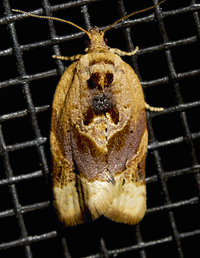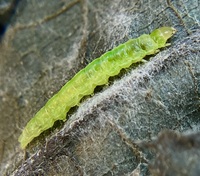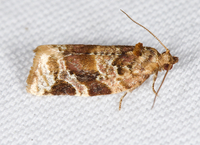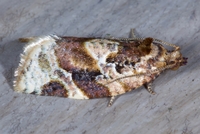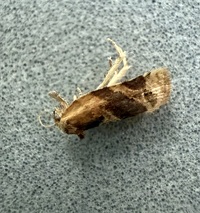
| Recorded by: Marilyn Westphal on 2025-10-08
Henderson Co.
Comment: | 
| Recorded by: Merrill Lynch on 2025-09-05
Watauga Co.
Comment: |
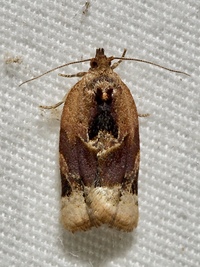
| Recorded by: Merrill Lynch on 2025-09-05
Watauga Co.
Comment: | 
| Recorded by: Jim Petranka, Becky Elkin, Marilyn Westphal, Nora Murdock on 2025-08-25
Henderson Co.
Comment: |
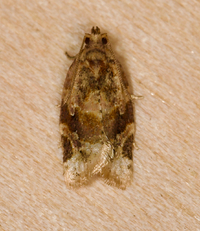
| Recorded by: Jim Petranka, Becky Elkin, Marilyn Westphal, Nora Murdock on 2025-08-25
Rutherford Co.
Comment: | 
| Recorded by: Jim Petranka, Marilyn Westphal and Becky Elkin. on 2025-08-17
Henderson Co.
Comment: |

| Recorded by: Dean Furbish, Lior S. Carlson, Randy Emmitt on 2025-08-12
Alamance Co.
Comment: | 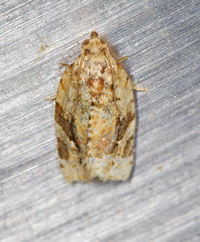
| Recorded by: Jim Petranka, Becky Elkin and Marilyn Westphal. on 2025-08-09
Henderson Co.
Comment: |
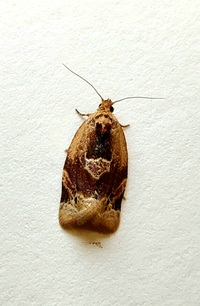
| Recorded by: Mark Basinger on 2025-07-27
Wilson Co.
Comment: | 
| Recorded by: Melody McMichael on 2025-07-25
Forsyth Co.
Comment: |
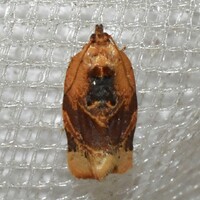
| Recorded by: Jeff Niznik on 2025-07-17
Orange Co.
Comment: | 
| Recorded by: Mark Basinger on 2025-07-13
Rowan Co.
Comment: |
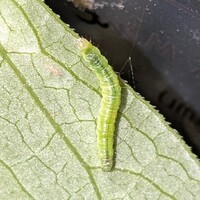
| Recorded by: Jeff Niznik on 2025-07-07
Orange Co.
Comment: | 
| Recorded by: Mark Basinger on 2025-07-05
Wilson Co.
Comment: |

| Recorded by: Dean Furbish on 2025-07-03
Wake Co.
Comment: | 
| Recorded by: David George on 2025-06-07
Durham Co.
Comment: |

| Recorded by: Mark Basinger on 2025-05-31
Brunswick Co.
Comment: | 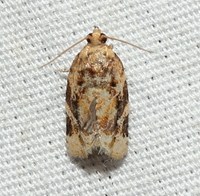
| Recorded by: David George on 2025-05-17
Durham Co.
Comment: |
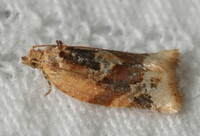
| Recorded by: Chuck Smith on 2025-05-16
Davidson Co.
Comment: | 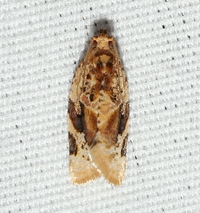
| Recorded by: David George on 2025-05-16
Durham Co.
Comment: |
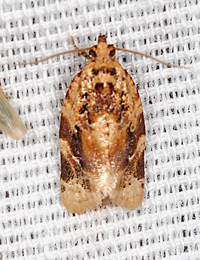
| Recorded by: Jim Petranka, John Petranka and Becky Elkin on 2025-05-09
Cumberland Co.
Comment: | 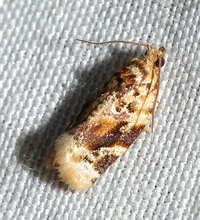
| Recorded by: Jeff Niznik, David George on 2025-05-09
Cumberland Co.
Comment: |
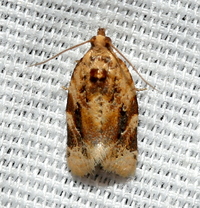
| Recorded by: David George, Jeff Niznik, Brian Bockhahn, Jim Petranka, John Petranka, Becky Elkin on 2025-05-09
Cumberland Co.
Comment: | 
| Recorded by: David George, Jeff Niznik on 2025-05-09
Cumberland Co.
Comment: |

| Recorded by: Emily Stanley on 2025-04-25
Buncombe Co.
Comment: | 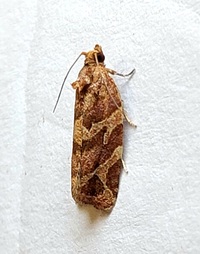
| Recorded by: Mark Basinger on 2025-04-25
Columbus Co.
Comment: |
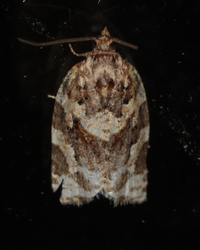
| Recorded by: Jim Petranka on 2025-04-22
Madison Co.
Comment: | 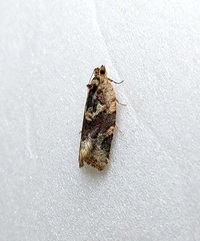
| Recorded by: Mark Basinger on 2025-04-06
Rowan Co.
Comment: |
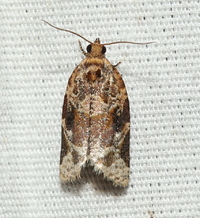
| Recorded by: David George, Jeff Niznik on 2025-04-05
Chatham Co.
Comment: | 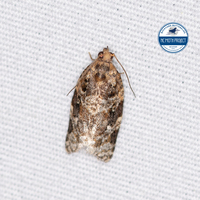
| Recorded by: Lior S. Carlson, Dean Furbish on 2025-04-05
Orange Co.
Comment: |
|

 »
»